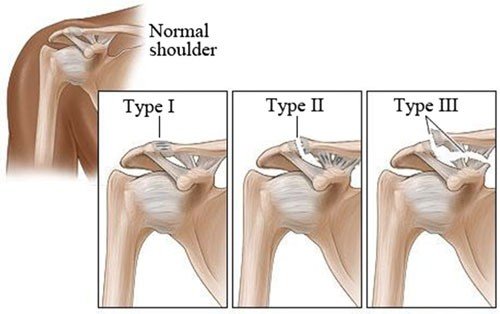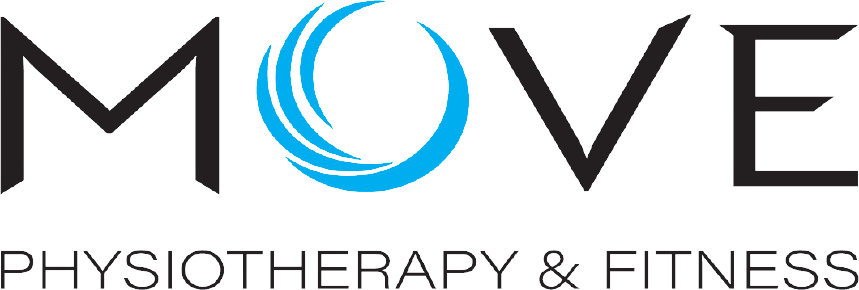Physiotherapy for AC Joint Injuries
Have you recently been diagnosed with an AC Joint injury? Perhaps you have suffered a trauma, and are experiencing pain at the tip of your shoulder? You may have suffered an AC Joint Sprain.
The AC Joint refers to the connection of your collarbone, or clavicle, and your acromion process, which is the outermost tip of your shoulder blade. There is a ligament which reinforces this joint called your acromioclavicular ligament.
Injuries to this joint typically occur from falling on a bent elbow, where the arm bone is driven upwards towards the collarbone on impact. These injuries are most commonly seen in collision sports such as Australian Football, Rugby and throwing sports such as shotput. Characteristically, these injuries are most recognisable by a protruding bump at the site of the AC joint. This is where the acromioclavicular ligament has been sprained or ruptured and the collarbone being held down by the AC ligament springs up creating the bump or ridge.
Signs of an AC Joint Sprain:
- Pain experienced at the tip of the shoulder.
- Pain which is most sensitive at the site of the AC Joint, but can be widespread throughout the shoulder when the injury is acute.
- Swelling, generally at the site of the AC Joint.
- Pain on moving the shoulder, especially moving the arm across the body and elevating the shoulder above shoulder height.
- Depending on the extent of the injury, a step deformity may be evident. These deformities are generally evident in Grade 2 and Grade 3 AC Joint Sprains.

These injuries are graded between 1 and 3, which categorise the severity of the injury.
Grade 1: These injuries involve only minimal damage to the acromioclavicular ligament, and as such there will be no step deformity present. There will be mild tenderness with overhead movements and palpation of the AC Joint. These injuries generally resolve within 1-3 weeks.
Grade 2: These injuries involve a complete rupture of the superior acromioclavicular ligament and therefore a step deformity will be present. However, the coracoclavicular ligament will remain intact, and therefore the joint will only be minimally displaced. Your physiotherapist is vital in your optimal recovery following a Grade 2 Injury.
Grade 3: This injury involves a complete rupture of all of the ligaments reinforcing the AC Joint. A significant step deformity is often present following this injury. If a Grade 3 injury is suspected, you will often receive scans including X-Rays or MRIs to assess the extent of the injury and to determine whether a surgical intervention is required.
Your physiotherapist can guide you through all stages of your AC Joint injury.
In the acute stage of your injury, early intervention often includes a period of rest and immobilisation. This aims to reduce inflammation at the AC joint. Your physiotherapist will prescribe early exercises which maintain range of movement through your shoulder joint whilst placing minimal strain onto the AC Joint. Your physiotherapist may also utilise techniques such as massage or dry needling to restore movement and reduce your pain.
As your injury progresses, a series of strengthening and stabilising exercises will be prescribed.

